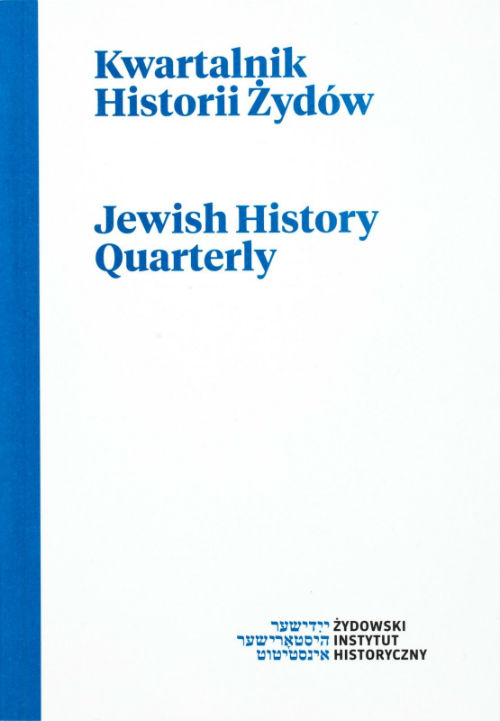Przeciwpomniki Andrzeja Sołygi i Zdzisława Pideka (Katyń, Charków, Miednoje, Bełżec)
Andrzej Sołyga's and Zdzisław Pidek's Countermonuments (Katyń, KKharkiv, Mednoye, Bełżec)
Author(s): Marta LeśniakowskaSubject(s): Cultural history
Published by: Żydowski Instytut Historyczny
Keywords: Katyń; Bełżec; monuments; Andrzej Sołyga; Zbigniew Pidek
Summary/Abstract: For sixty years, the Polish war cemeteries in Katyń, Mednoye and Kharkiv, were excluded from official memory and historiography. They only existed in personal memory, shielded and protected from abuse and manipulation. Today their presence in collective memory is a fact, due in part to the form imparted to these places by two sculptors: Andrzej Sołyga and Zdzisław Pidek. All the three memorials were the result of an international competition they won in 1995, and a compromise between two orders: contemporary art, seeking to alienate itself from conventional monument sculpture, and the audience, cherishing the traditional formula of a narrative and figurative monument to be contemplated in a passive manner. The role of a monument in public space is seen nowadays as an effect of a complex process, made up of: identification, representation, anticipation, interpretation and information, with the public space, in which its ritualization occurs, is an integral component of the monument. The question about the shape a contemporary memorial should take revolves around the two approaches to remembrance and to time/history: the approach that refers to the past (archaeology) and that which is related to the present and its relationship with the past. The concept of a memorial cemetery designed by Sołyga and Pidek is currently Poland's most important representation of a countermonument. The Katyń series is complemented by the memorial cemetery in Bełżec, which combines and expands all the threads from the Katyń memorials. It commemorates the site of one of the most horrible German crimes, where more than 600,000 Jews were murdered over nine months of 1942. This memorial, a great work of world significance, is a statement in the debate over the model of presenting the Holocaust. The crucial question is whether such a memorial should portray a past experience or rather an experience connected with the past (Ankersmit). The countermonuments by Sołyga and Pidek employ recurrent components: they rely to the simplest religious and semantic references, they refer to knightly tradition, they use the motif of time and road, which refer to the rite of passage, a quasi-archaeological concept using, for example, the formal values of rusty steel, implying that it came from the mass graves, where it was "impregnated" with blood. It uses the theoretical assumptions of a remembrance site as a "spiritual place" that exists both for the contemporary man and for those who are absent. The structure erected in Bełżec is a top example of the new hermeneutics of a countermonument as text (representation of the past), which even more powerfully refers to History seen from the position of the victims. In all the Sołyga's and Pidek's designs the key building blocks are such categories as emptiness, silence, absence, trauma. As works of "monument art" they are founded on the perception of the viewer, who reproduces the memory in direct physical, psychosensory experience.
Journal: Kwartalnik Historii Żydów
- Issue Year: 252/2014
- Issue No: 04
- Page Range: 786-799
- Page Count: 14
- Language: Polish

